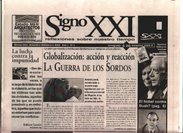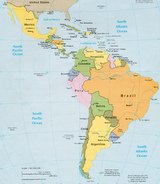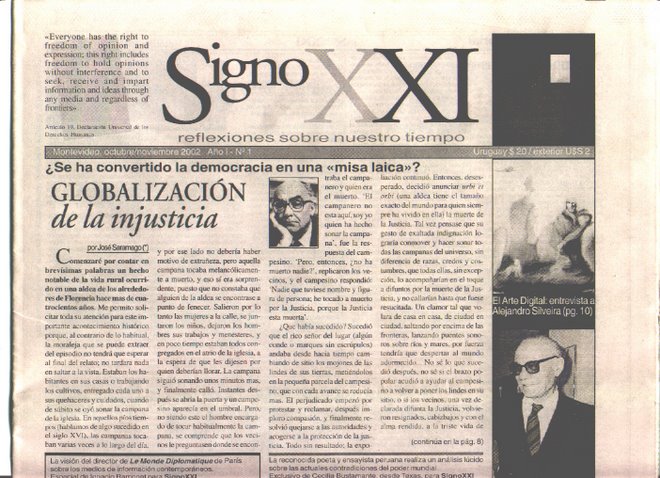In the beauty and geometric complexity of tile mosaics on walls of medieval Islamic buildings, scientists have recognized patterns suggesting that the designers had made a conceptual breakthrough in mathematics beginning as early as the 13th century.
A new study shows that the Islamic pattern-making process, far more intricate than the laying of one’s bathroom floor, appears to have involved an advanced math of quasi crystals, which was not understood by modern scientists until three decades ago.
The findings, reported in the current issue of the journal Science, are a reminder of the sophistication of art, architecture and science long ago in the Islamic culture. They also challenge the assumption that the designers somehow created these elaborate patterns with only a ruler and a compass. Instead, experts say, they may have had other tools and concepts.
Two years ago, Peter J. Lu, a doctoral student in physics at Harvard University, was transfixed by the geometric pattern on a wall in Uzbekistan. It reminded him of what mathematicians call quasi-crystalline designs. These were demonstrated in the early 1970s by Roger Penrose, a mathematician and cosmologist at the University of Oxford.
Mr. Lu set about examining pictures of other tile mosaics from Afghanistan, Iran, Iraq and Turkey, working with Paul J. Steinhardt, a Princeton cosmologist who is an authority on quasi crystals and had been Mr. Lu’s undergraduate adviser. The research was a bit like trying to figure out the design principle of a jigsaw puzzle, Mr. Lu said in an interview.
In their journal report, Mr. Lu and Dr. Steinhardt concluded that by the 15th century, Islamic designers and artisans had developed techniques “to construct nearly perfect quasi-crystalline Penrose patterns, five centuries before discovery in the West.”
Some of the most complex patterns, called “girih” in Persian, consist of sets of contiguous polygons fitted together with little distortion and no gaps. Running through each polygon (a decagon, pentagon, diamond, bowtie or hexagon) is a decorative line. Mr. Lu found that the interlocking tiles were arranged in predictable ways to create a pattern that never repeats — that is, quasi crystals.
“Again and again, girih tiles provide logical explanations for complicated designs,” Mr. Lu said in a news release from Harvard.
He and Dr. Steinhardt recognized that the artisans in the 13th century had begun creating mosaic patterns in this way. The geometric star-and-polygon girihs, as quasi crystals, can be rotated a certain number of degrees, say one-fifth of a circle, to positions from which other tiles are fitted. As such, this makes possible a pattern that is infinitely big and yet the pattern never repeats itself, unlike the tiles on the typical floor.
This was, the scientists wrote, “an important breakthrough in Islamic mathematics and design.”
Dr. Steinhardt said in an interview that it was not clear how well the Islamic designers understood all the elements they were applying to the construction of these patterns. “I can just say what’s on the walls,” he said.
Mr. Lu said that it would be “incredible if it were all coincidence.”
“At the very least,” he said, “it shows us a culture that we often don’t credit enough was far more advanced than we ever thought before.”
From a study of a few hundred examples, Mr. Lu and Dr. Steinhardt determined that the technique was fully developed two centuries later in mosques, palaces, shrines and other buildings. They noted that “a nearly perfect quasi-crystalline Penrose pattern” is found on the Darb-i Imam shrine in Isfahan, Iran, which was built in 1453. The researchers described how the architects there had created overlapping patterns with girih tiles at two sizes to produce nearly perfect quasi-crystalline patterns.
In the report, Mr. Lu and Dr. Steinhardt said the examples they had studied so far “fall just short of being perfect quasi crystals; there may be more interesting examples yet to be discovered.”
In a separate article in Science, some experts in the math of crystals questioned if the findings were an entirely new insight. In particular, Emil Makovicky of the University of Copenhagen in Denmark said the new report failed to give sufficient credit to an analysis he published in 1992 of mosaic patterns on a tomb in Iran.
Mr. Lu and Dr. Steinhardt said they regretted what they called a misunderstanding. They pointed out that the length of their report was strictly enforced by journal editors, but it did include two footnotes to Dr. Makovicky’s research. None of the referees or editors who reviewed the paper, Dr. Steinhardt said, asked for more attention to the previous research.
Although their work had some elements in common with Dr. Makovicky’s, Dr. Steinhardt said in an interview that their research dealt with not one but a “whole sweep of tilings” interpreted through a few hundred examples.
The article quoted two other experts, Dov Levine and Joshua Socolar, physicists at the Israel Institute of Technology in Haifa and Duke University, respectively, as agreeing that Dr. Makovicky deserved more credit. But, the article noted, they said the Lu-Steinhardt research had “generated interesting and testable hypotheses.”
[read more in The New York Times>>>]-------------------------------------------------
Ir al Sitio principal Escritos críticos / Ensayos
www.majfud.50megs.com
Reflexiones sobre nuestro tiempo
-------------------------------------------------






No hay comentarios.:
Publicar un comentario